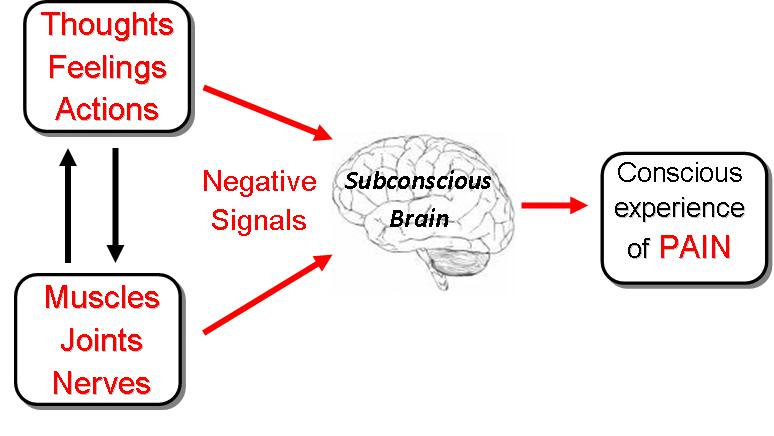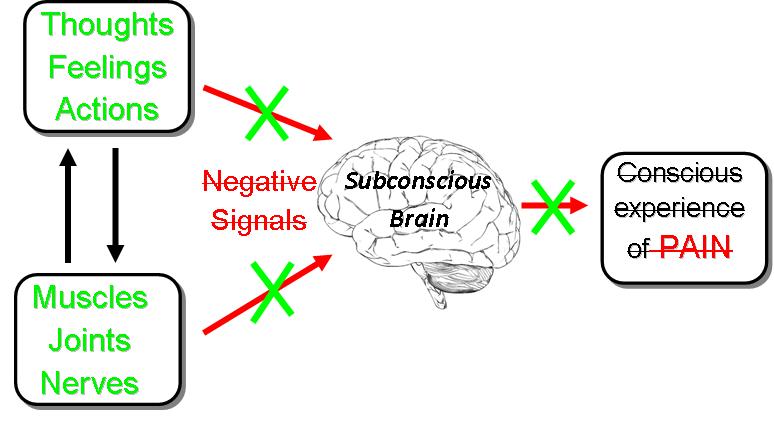Register now! »
| Click on each step of the RM Process below to learn more: | |||||||||
 |
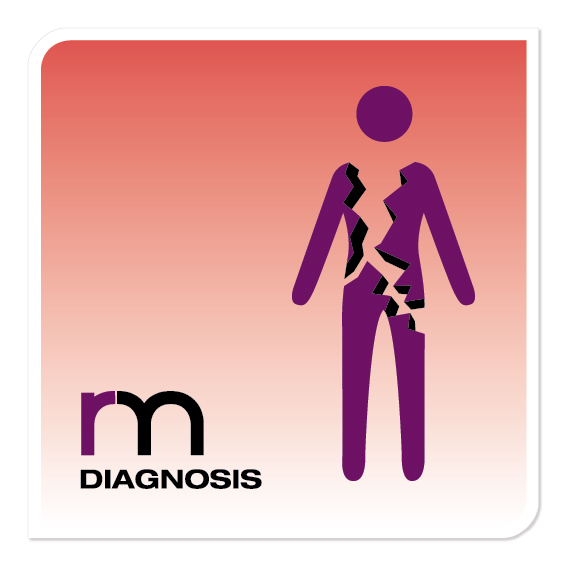 |
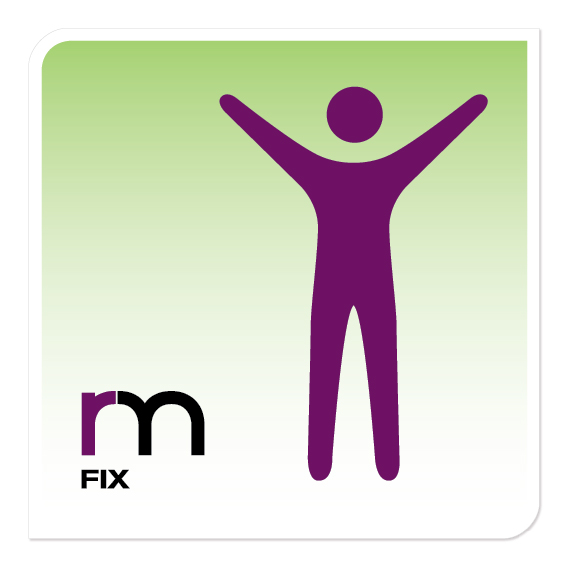 |
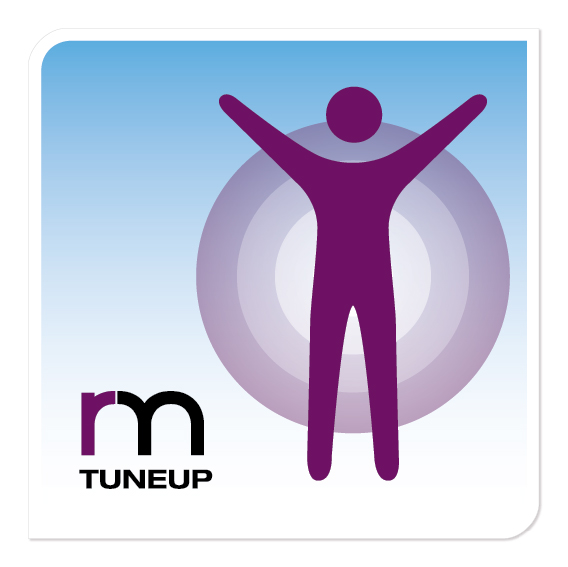 |
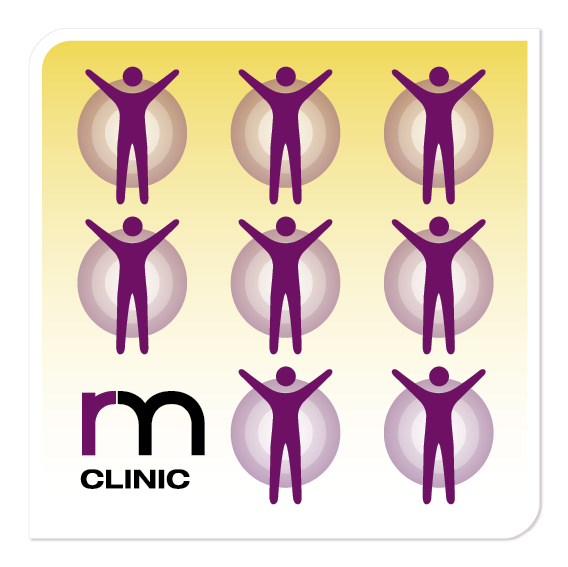 |
|||||
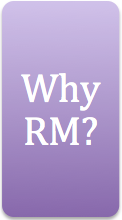  |
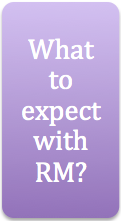  |
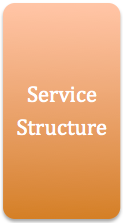  |
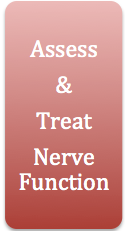  |
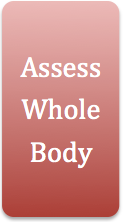  |
  |
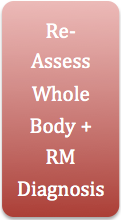  |
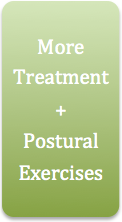  |
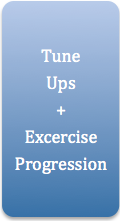 |
 |
 |
|||||||||
RM Whole-body Assessment
Why do a RM Whole-body Assessment?
- To identify the problematic dysfunctions throughout the entire body
- Local symptoms often have remote causes
- And, we don't want to miss anything
- To establish a baseline and compare this after treatment - which is our clinical evidence for the effectiveness of the treatment
How is a RM Whole-body assessment achieved?
- We don't miss anything*... by a series of tests from head to toe, measuring how well each part of the body is functioning
- Therefore, we have the greatest chance of finding the most significant cause to a condition when we test all possible** contributing factors...
- We don't limit ourselves by assuming it is best to only test the areas of pain, or stiffness, and close regions...
- By also testing in places that others don't test... we can discover what is really happening inside the body to cause pain and stiffness...
- We know that searching everywhere* in the body and finding all the dysfunctions gives us the much better chance of truly solving each condition for the most rapid, and long-lasting results possible**...
- This approach is based on the latest neuroscience About Pain... summarised below » | Also see information about System Wind Up »
*'Everywhere' each practitioner's skill-set allows them to test
**'Possible' with each practitioner's skill set
What is the outcome of an RM Whole-body Assessment?
- Clients are surprised, and reassured, by the number of dysfunctions that were previously not apparent... often these can be the most important factors...
- Everyone gets a 'full picture' of what is going well (happy) and what isn't going well (unhappy) in the body... which provides a synopsis of the problems that result in musculoskeletal pain & stiffness...
- The client and the practitioner have all the information needed to start treatments and solve the condition in the most effective way possible**...
*'Anything' that is possible for the individual practitioner to assess with their skills
How effective is the RM WHole-body Assessment?
See the results with an Olympic and Commonwealth Games Gold Medalist in this video below.
Register now! »
About Pain | More Information
-
Did you know that the latest neuroscience tells us that pain is an experience that is created by the brain?… and not actually a ‘feeling’ in any body part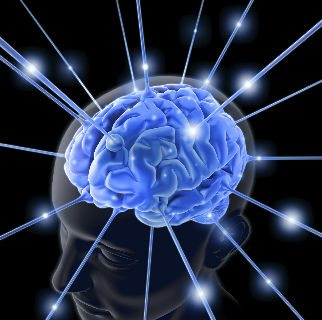
- The brain creates pain [and other types of symptoms] as a protective mechanism - for actual, &/or perceived, threat or tissue damage
- Surprisingly, the brain creates pain anywhere in the body it deems as most helpful to protect the whole body... and often not in the region of the most significant dysfunction
RM practitioners that use this knowledge to better solve the underlying cause of painful conditions.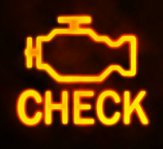 Good good analogy was written by world class pain researcher Professor Lorimer Mosley*:
Good good analogy was written by world class pain researcher Professor Lorimer Mosley*:
Pain is like the dashboard engine warning light signal of a vehicle.
The engine warning light turns on when a problem somewhere in the engine becomes great enough to tell the driver to take action to solve the problem.
The engine warning light does not reveal where or what kind of problem there is.
To solve the problem the engine needs to be thoroughly checked to find and fix the main fault.
Practitioners that have this understanding realise that it is not helpful to 'treat the pain' [and symptoms], as this would be like fixing the dashboard engine warning light.
Practitioners and clients who think this way understand the importance of thoroughly assessing muscles, joints & nerves throughout the whole body, plus thoughts, behaviours and feelings, so that no potential significant contributing factor can be missed.
*G. Lorimer Moseley, an Australian: the author of Painful Yarns - Metaphors & Stories to help understand the biology of pain
System Wind-Up | More Information
What is it? | What causes it? | How to recognise it? | Solutions
- A direct contribution to pain, stiffness and injury primarily from specific, unhelpful thoughts, feelings and behaviours.
It is commonly understood that a dysfunction in the muscles, joints, bones or nervous system can contribute to pain, stiffness and injury within the human body.
However it is not well publicized that thoughts, emotions and behaviours can also lead directly to injury and pain creation, or persistence, in the body.
When we recognise the primary cause to a condition can be any of these factors we have a much better chance to solve any problem.
This holistic approach helps ensure the most important factors for each condition are not missed.
- System wind-up occurs when there are too many unhappy-signals (negative signals/noxious input) resulting from unhelpful thoughts, feelings, behaviours are sent to the subconscious brain & spinal cord which directly negatively effects the structures of the body.
A simple, commonly recognised, example is neck muscle tension (shoulder hitching/forward head) with stressful time at a computer; another example is jaw tension (clenching) from a build up of worry. System wind-up can be the primary cause of a painful condition and injury, or a result of a condition, and this is what the Ridgway Method problem solving process can efficiently help determine.
- A list of common examples:
| Thoughts | Hyper-vigilance, Unhelpful beliefs, Mismatching ideas, Unhelpful expectations, Unconfident for a solution, Memory of painful events, etc. |
| Feelings | Frustration, Stress, Excessive self-joint cracking, Worry, Anxiety, Fear/scared, Depressed, etc. |
| Actions | Frequent self-massage, Jittery movements, Overdoing activities, Excessive stretching, Upper-rib-cage-breathing, etc. |
- The above factors can the the primary cause of the factors below, or a result of:
| Muscles | Tight/Guarding, Ache, Spasm/Locking-up/pulling, Swelling, Tearing, Weak, etc. |
| Joints | Stiff/tight, Unstable, Clicking, Cracking, Giving way, Swelling, etc. |
| Nerves | Guarding neck/back muscles, Difficult to ease the pain, Persistently tight muscles, Pins/needles, Shooting pain, Burning sensation, etc. |
Dysfunction of any of these parts of the body results in negative signals informing the brain of an 'unhappy state' which leads to the brain creating protective strategies such as pain, guarding and injury (see diagram below).
Persistent/Chronic Pain Diagram
The above diagram shows the interactions between the mental & physical systems of the body and how these influence the brain & creation of pain. For example, an underlying cause of anxiety can lead to an increase in muscle tension around a body part. e.g. The neck-shoulder muscles or low back muscles | This can accumulate to be a serious injury.
The anxiety and the muscle tension/injury transmit negative signals to the subconscious brain which contribute to “wind up” within the nervous system. Once this wind up reaches a threshold, the final outcome is the brain creating pain & discomfort. This painful experience is our protection mechanism, an indicator that something needs to be fixed to turn off the negative signals.
An analogy: Car engine revs have an ideal range, just like nerve impulses in the body. A car that always revs in the red-zone can be analogised as similar to stress causing the nervous system to always be in the 'red-zone' - i.e. wind-up. A car always revving in the red-zone overheats and the engine warning signal comes on the dash. In the body the stress and red-zone nerve signals cause excessive muscle tension and the warning signal is pain. What can be done? Receive treatment to decrease the 'revs' (nerve signals) to normal, this decreases the muscle tension and the brain no longer has a reason to create pain.
Solutions | What can be done about System Wind-U p?
The negative signals to the brain can be turned off rapidly once the primary, or most significant, mental or physical factor is changed. In complex conditions multiple factors contribute negative signals to the nervous system. Therefore in order to most quickly and successfully solve system wind-up, the most significant negative signals from the mental & physical components need to be the focus.
Addressing these components, and making positive changes, is like settling the 'car-revs' down to normal, and allowing optimal function with no warning signal and no pain (as described in the diagram below).
Eliminating Persistent/Chronic Pain Diagram
The psychological components can be changed with a number of options. Good physiotherapy treatment with assessing the worst contributing factors and changing these; pain education; specific behaviour modification; changing unhelpful thoughts and unhelpful beliefs; and with conditions that don't respond quickly we refer to a psychological health expert.
However, once the psychological and physical components are tailored to the individual needs of each person, and fixed, there are no longer negative signals contributing to wind up within the system, and no pain.
Further reading articles; non-physical factors causing pain - Professor Peter O'Sullivan... Discussion | Research















